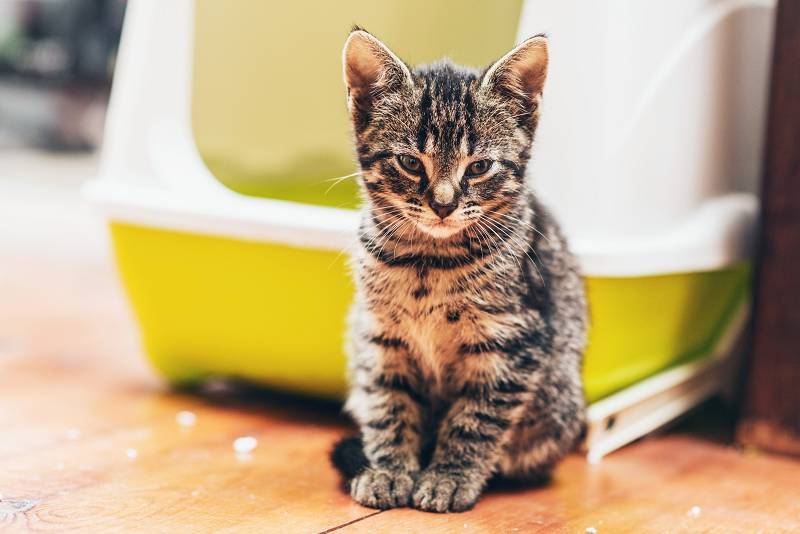
Monitoring Feline Diabetes Treatment
This is the 3rd article in my series on understanding your diabetic cat’s urine tests. On this page we examine what the feline diabetes results mean…
Make sure you are fully familiar with the process of collecting feline urine samples and the equipment you need before taking these next steps
Collecting the feline urine
There are many ways you can gather the information from the urine that you and the vet will want. Here are my favourites. Whatever method you choose, always remember to keep all the utensils sterile and clean
| 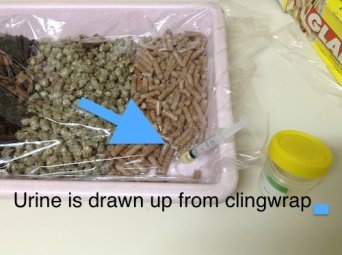 |
Testing for results using a syringe or pipette
 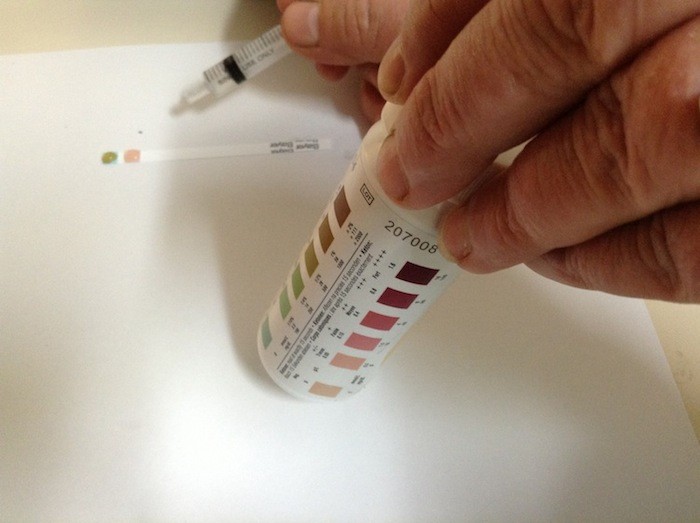 |
|
Testing for results using cloth or paper
Press the stick into the urine in the paper, at the bottom of the tray.
If the urine has already dried, drip a bit of water through the paper to release the glucose and ketones onto the dipstick.
This method is not as accurate but gives you some idea. If there is no glucose showing up, you can be pretty sure there is no glucose in the urine.
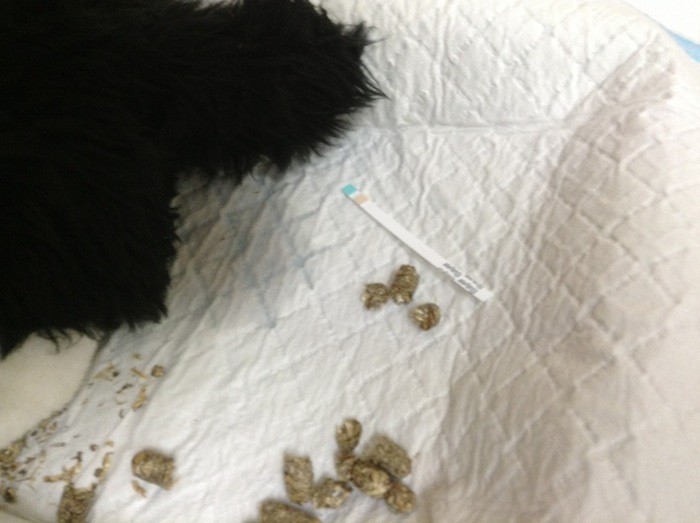 | 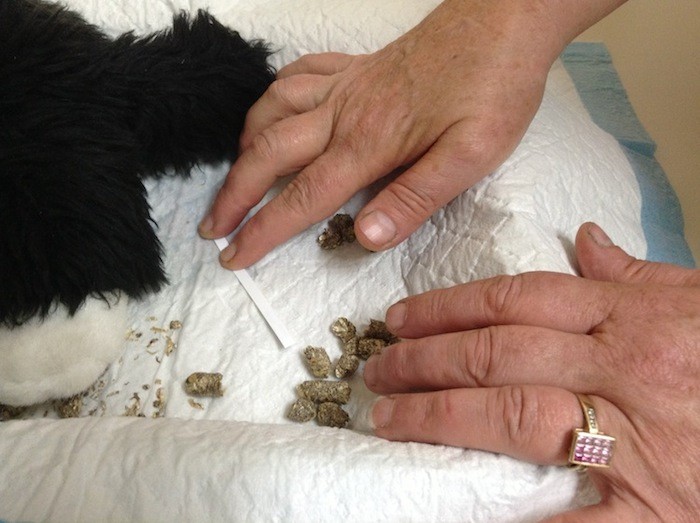 |
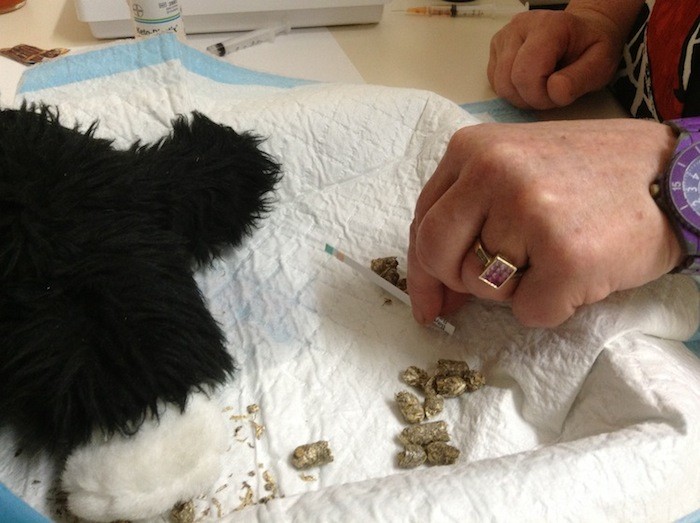 | 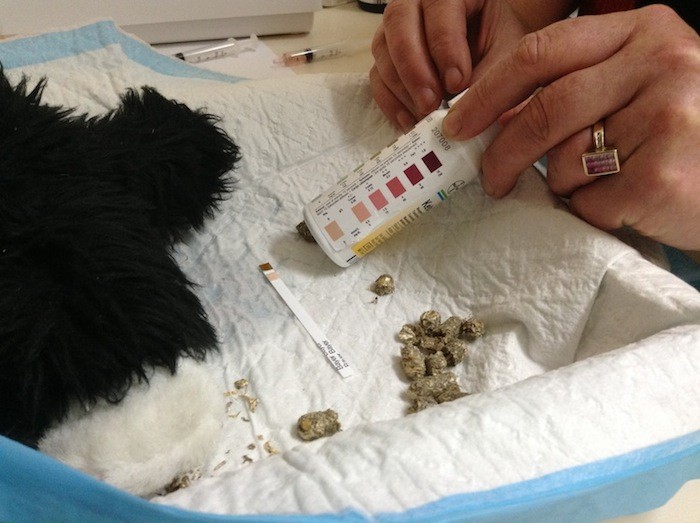 |
Getting your home urine tests right
- Decide what it is reading AT 30 SECONDS (or as per indicator sheet).
- Ketones (the pad turns pink) also needs to be read at 40 seconds.
- Note well: leaving it longer gives false results (both high and low) so it is important you keep to the times on the indicator sheet!
The Full Monty: What the professionals are looking for
If you have the full 7 part indicator dipstick the professionals use, you can also look for blood. Blood indications can start quite slowly, so give it the full 60 seconds before deciding there is none.
When to contact your vet immediately
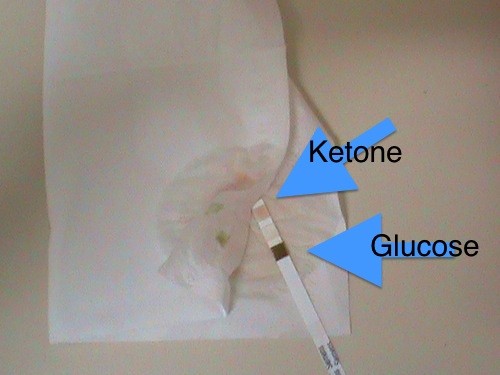
This picture shows the urine of a ‘sick diabetic’ – there are ketones (pink square) as well as lots of glucose (dark brown square).
This cat needs to see the vet ASAP and go onto insulin.
If the stick only shows positive glucose, then, depending on other factors like amount being drunk and weight changes, the program may be going OK.
